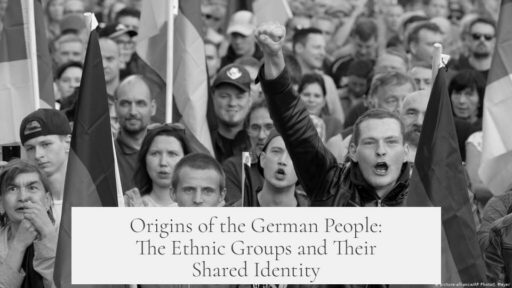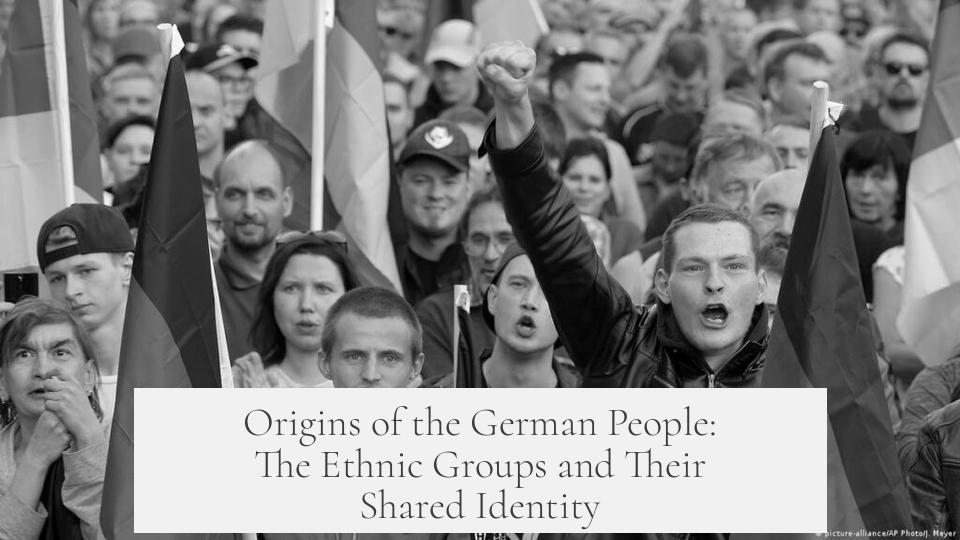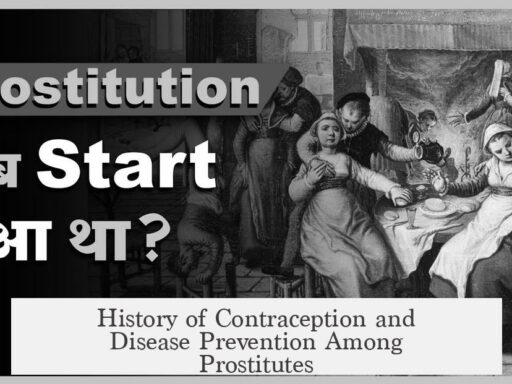The German people originate from various Germanic tribes, primarily belonging to the West Germanic language family. Ethnic groups such as the Swabians and Frisians descend from these tribes, sharing linguistic and cultural roots. They are collectively called “German” due to the historical development of a shared identity centered around German language, culture, and political structures, especially the Holy Roman Empire.
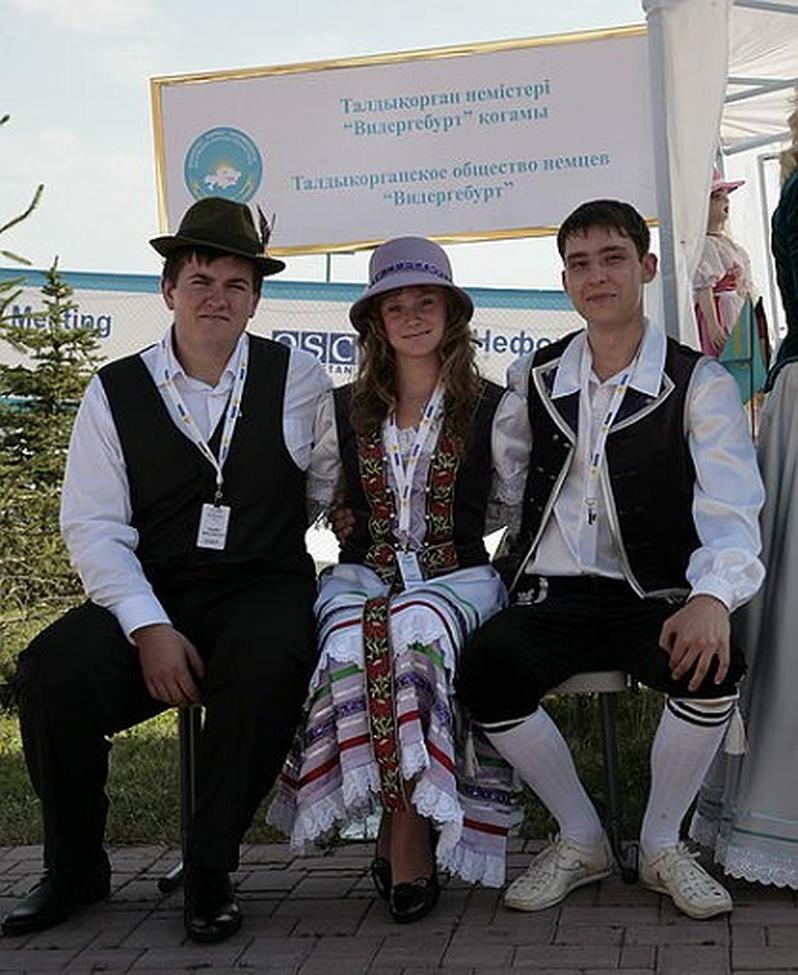
The origins of German ethnic groups lie in the broader family of Germanic peoples who spoke related languages. These languages fall into three main branches: West, East, and North Germanic.
- West Germanic languages include German, English, and Netherlandic languages such as West Frisian, East Frisian, Dutch, Flemish, and Afrikaans. Germans descend mainly from these West Germanic-speaking tribes.
- East Germanic languages were spoken by tribes like the Goths, Visigoths, Vandals, and Burgundians. These peoples ceased to exist as distinct linguistic groups over 1300 years ago, with their languages becoming extinct.
- North Germanic languages derive from Old Norse and are recognized today as the Scandinavian languages. While closely related, these are distinct from West Germanic languages and influenced the development of Middle English and Early Scots due to historical contact.
Among the West Germanic linguistic branches are ethnic groups such as the Frisians, who occupy coastal regions of modern Netherlands and Germany and speak Frisian dialects closely related to English and Dutch. Though the Swabians are not explicitly noted in specific language sub-branches here, they belong to the German-speaking population within the High German dialect continuum. They occupy the Swabian region of southwestern Germany and share cultural and linguistic traits typical of German groups.
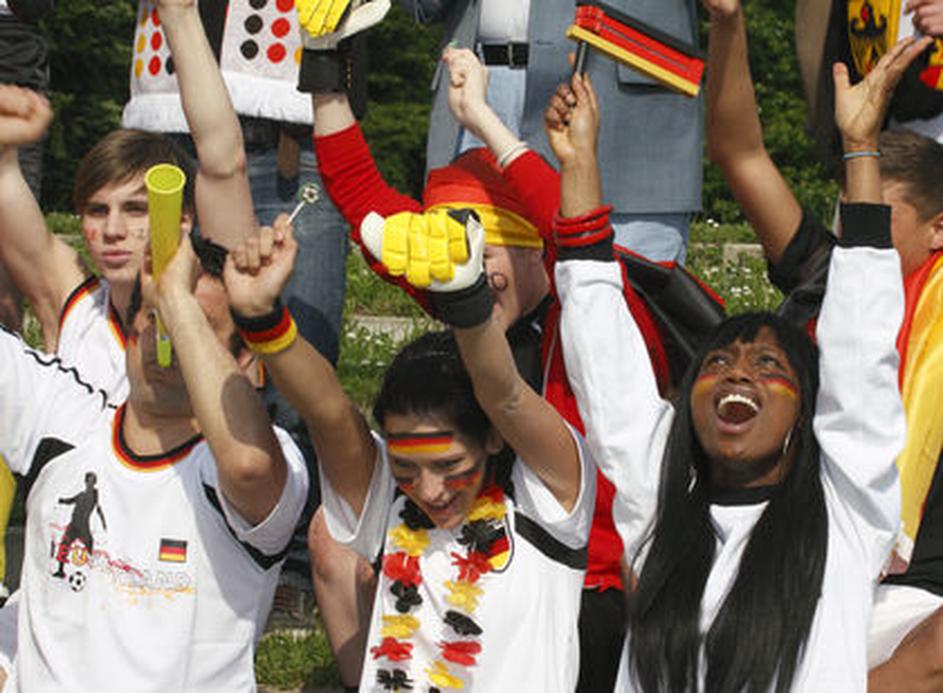
The widespread use of the term “German” originates from the political and cultural legacy of the Holy Roman Empire. This empire, which lasted from roughly 800 AD until 1806, consisted largely of German-speaking principalities and kingdoms.
- The Holy Roman Empire was not a unified nation-state in the modern sense but a loose federation with a German linguistic and cultural core.
- Its emperors generally came from German-speaking lands, starting firmly with Otto I in 936 AD. Otto I established the precedent that the Holy Roman Emperor must first be elected King of Germany.
- This long-lasting empire’s structure created a shared identity among diverse German-speaking peoples across Central Europe, despite shifting political borders and rulers over time.
German identity formed around language, customs, religion, and shared history, rather than rigid political boundaries. Under feudalism, borders and rulers often changed, but the German language and cultural practices persisted among peoples in the region.

The various ethnic German groups—such as the Swabians from southwestern Germany or the Frisians from coastal areas—retain distinct regional identities. They preserve unique dialects, customs, and traditions. Yet all connect broadly to the German ethnic and linguistic family that developed under the unifying framework of the Holy Roman Empire and later developments leading to modern Germany.
| Aspect | Details |
|---|---|
| Language Family | Primarily West Germanic; includes German, Frisian, Dutch, English |
| Ethnic Groups Examples | Swabians, Frisians, Alemanni, Saxons |
| Historical Political Entity | Holy Roman Empire (800–1806), dominated by German-speaking rulers |
| Key Figure | Otto I, established German kingship within the empire in 936 AD |
| Identity Basis | Language, customs, religion, shared history—not fixed borders |
The extinct East Germanic tribes like the Goths no longer directly contribute to modern German ethnic groups, but their historical presence is part of the wider Germanic heritage. The North Germanic peoples, while related linguistically, evolved separately into Scandinavian nations.
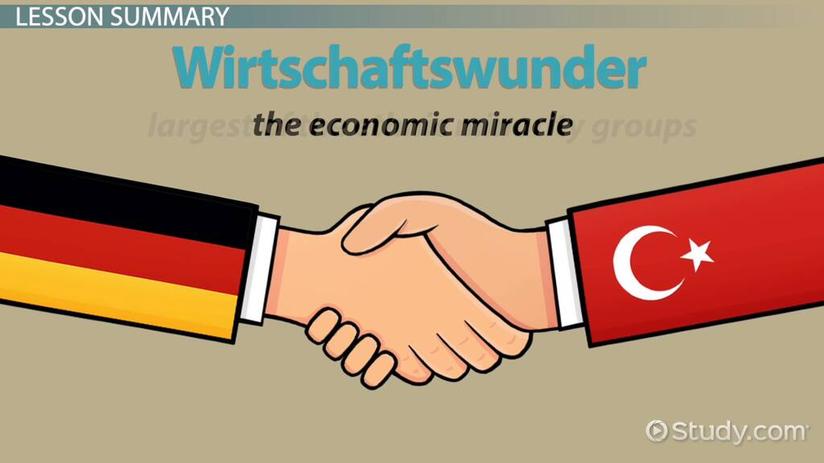
Modern German identity integrates various regional groups. Even though they speak different dialects and uphold local customs, their shared linguistic and cultural roots trace back to the West Germanic tribes united historically under the Holy Roman Empire’s influence.
- German ethnic groups descend from West Germanic tribes speaking related languages.
- The designation “German” rose from the Holy Roman Empire’s political and cultural unity.
- Otto I’s reign marked the start of formal German kingship and empire leadership.
- Language, religion, traditions shaped German identity more than borders.
- Swabians, Frisians, and others are regional groups within the German-speaking world.
- East Germanic and North Germanic languages represent related but distinct Germanic branches.
Where Do the German People Come From? Exploring the Roots of German Ethnic Groups and Their Shared Identity
The short answer? The German people emerge from a rich mix of ancient tribes and linguistic ties, united by language, history, and culture that evolved over centuries, yet often labeled “German” due to shared language roots and political unity.
Let’s embark on a fascinating journey back in time to uncover where the German people come from, how ethnic groups like the Swabians or Frisians fit in, and why all these diverse peoples come under the umbrella of a single “German” identity.
The Linguistic Family Tree: The Backbone of German Identity
The story begins with language. German belongs to the West Germanic branch of the Germanic language family. This branch also includes English, Dutch, Frisian (both West and East varieties), and Afrikaans. The common linguistic roots reveal an ancient connection stretching from today’s Germany and the Netherlands to England.
But the Germanic family is three-pronged:
- West Germanic: Encompasses German, English, Dutch, and the Frisians’ tongues.
- East Germanic: Once spoken by Goths, Visigoths, Vandals, and Burgundians. These languages vanished over 1,300 years ago—long before today’s Germans existed.
- North Germanic: Emerged from Old Norse, giving rise to the Scandinavian languages.
This linguistic landscape underpins why people from places like Swabia and Frisia, though culturally distinct, are often termed “German.” They share a West Germanic lineage that unites their languages, even if dialects differ sharply.
The Role of Medieval Politics: From Tribal Clans to the Holy Roman Empire
Language alone doesn’t explain everything about German identity. In the Middle Ages, the territory known today as Germany was a mosaic of tribes, duchies, and kingdoms with diverse customs and laws. Groups like the Swabians in the southwest and the Frisians along the northern coast had their own traditions, yet they operated under a common political framework—the Holy Roman Empire.
From about 800 AD to 1806 AD, this empire held sway over German-speaking lands. Its emperors, often elected kings of Germany (starting notably with Otto I in 936 AD), helped create a loose sense of belonging among disparate German polities. It was like a patchwork quilt of independent states tied together by language and allegiance.
Think of the empire as a large umbrella over many small regions: each culture remained distinct, but under the broad label “German”, tying back to the shared Germanic tongues and the empire’s political influence.
Swabians, Frisians, and Other German Ethnic Groups: Distinct Yet Connected
The Swabians hail from southwestern Germany. They speak a High German dialect. High German differs notably from Low German dialects (like Plattdeutsch spoken in northern Germany) by having undergone a significant consonant shift and retaining complex grammar with noun cases and declensions.
In contrast, the Frisians along the North Sea coast speak Frisian languages closely related to English and Dutch but distinct enough to mark their ethnicity and culture. Still, these groups are classified as German because geographic and political realities bring them under the same umbrella over centuries, plus their West Germanic language roots.
Imagine German identity as a family reunion where cousins speak different dialects and eat different foods, yet all share the same surname.
The Standardization of German: Why Language Matters
Through much of the Holy Roman Empire’s existence, Latin dominated official and scholarly writing. Around 1350, however, a shift occurred. Under Frederick III, the empire started embracing a standardized form of written German. This made government, laws, and literature more accessible to ordinary German speakers.
The game changer came with Martin Luther’s Bible translation and the invention of the printing press. Suddenly, literacy spread, and German dialects began merging into a more uniform language, especially the High German standard spoken in central and southern regions. This was a crucial step towards unifying diverse German-speaking peoples culturally and linguistically—even as their local dialects thrived.
By the mid-1700s, amid political turmoil between Prussia and Austria, a more standardized written German firmly emerged. The need to communicate clearly across warring regions and kingdoms drove this development.
Unification: From a Patchwork Empire to the Modern German Nation
One might wonder, when did all these distinct groups become “German” in a political sense? The answer lies in the 19th century. The Kingdom of Prussia led efforts to unify the German-speaking states. First, creating the North German Confederation in 1866, then founding the unified German Empire in 1871.
The standard language helped immensely. If leaders and writers struggled with a dozen local dialects, unification would be even more complicated. A common language, shared history traced back through the Holy Roman Empire’s diffuse identity, and cultural customs bound these groups together, surpassing borders and political divisions.
Why Are They All Called “German”?
So why lump all these distinct peoples together as “German”? The answer blends geography, language, politics, and culture:
- Language Family: Germanic roots in the West Germanic branch provide a solid linguistic foundation.
- Political History: Centuries under the Holy Roman Empire, followed by Prussian-led unification, created shared governance and identity.
- Cultural Ties: Traditions, customs, and religion bind the people beyond mere borders.
- Linguistic Standardization: Standard German language connected people and helped forge national unity.
In short, although Swabians, Frisians, and other groups hold unique heritages, they all fall under the banner “German” due to historical ties, shared language ancestry, and political unity that emerged over time.
What Can We Learn from German Origins Today?
The German example shows how complex identity can be. It’s not about one-size-fits-all ethnicity or strict borders. Instead, it’s about shared language, history, and culture bonding diverse groups together.
If you visit regions today, you’ll find distinctive dialects, foods, and customs. Yet the word “German” remains a useful label summarizing a deep and intricate network of peoples who evolve together.
Next time you hear the word “German”, consider this rich tapestry behind it—a mix of linguistics, politics, and centuries of shared experience weaving people together across Germany—and even reaching out to English and Dutch cousins!
